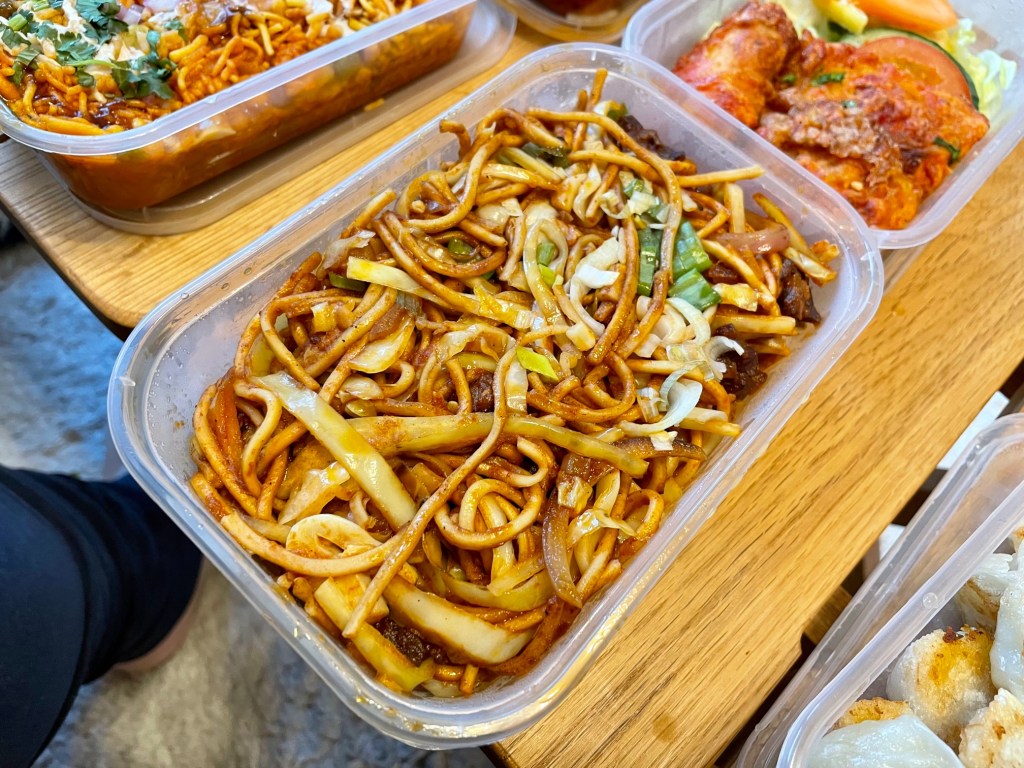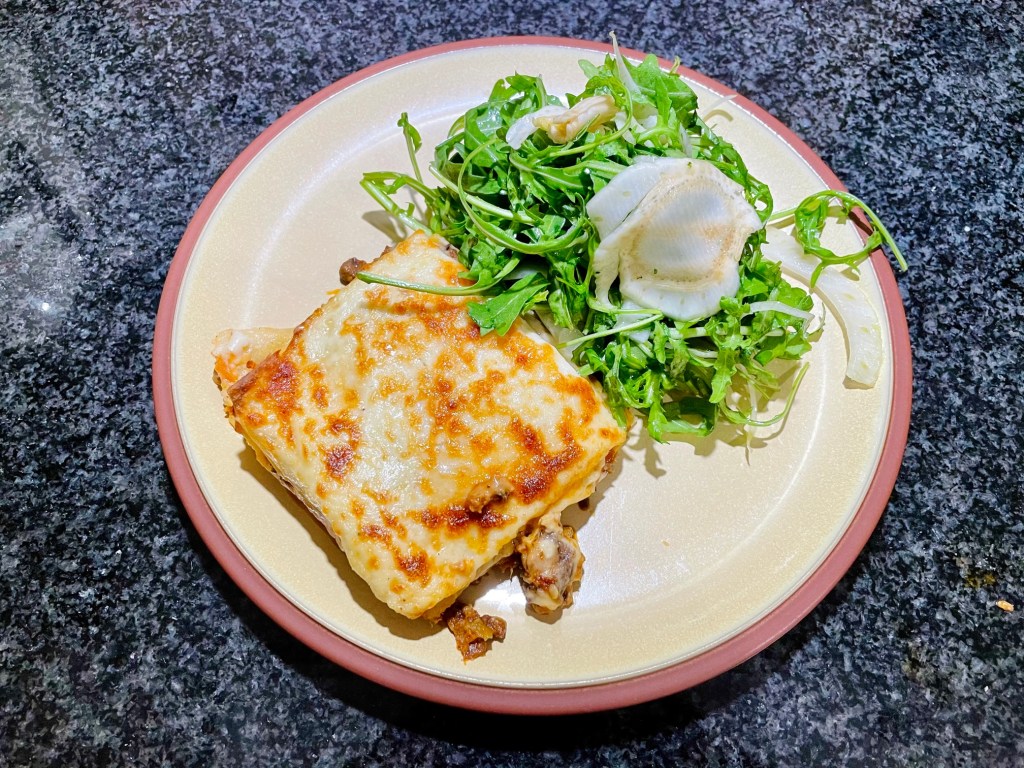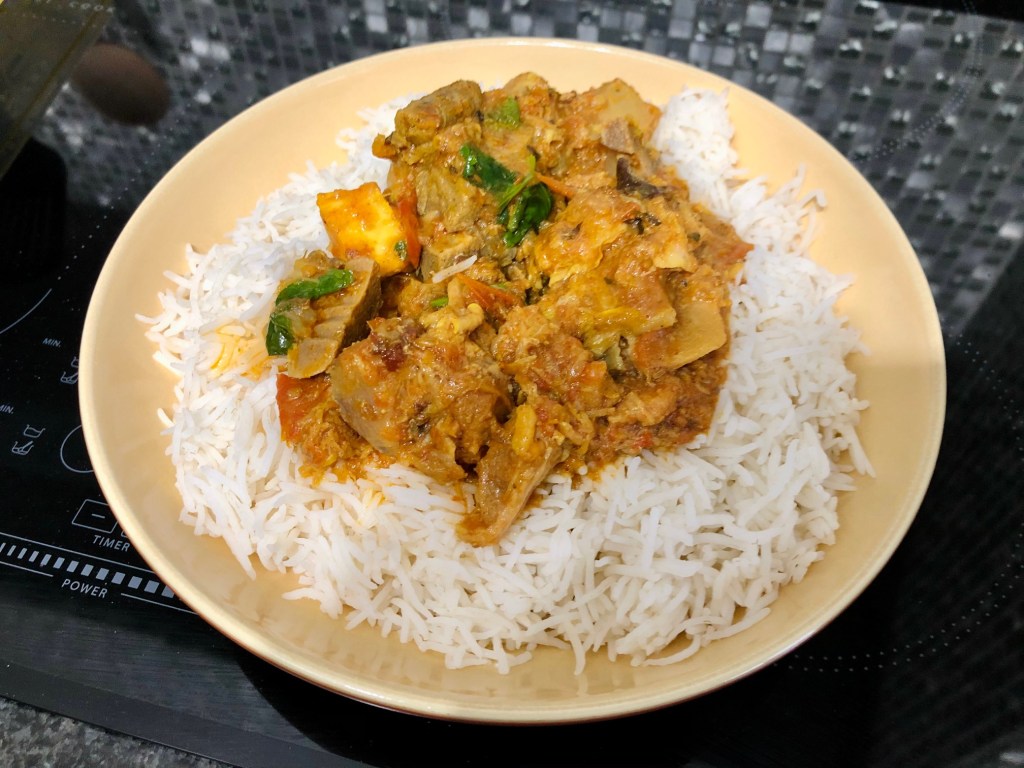Back in the pre-pandemic days, I sat in, ate at and reviewed a lot of restaurants. A lot. There was a time when I was reviewing a new place every week, and for that matter there was a time when there were enough restaurants I hadn’t reviewed to allow me to do that every week. Some I returned to time and again – which was itself tricky when I had to go somewhere new every week – and some I enjoyed but, for one reason or another, I never got round to revisiting. I know, I know: this is hardly cry-me-a-river territory. I’m lucky that I’ve managed to eat out so much. I might not have appreciated it at the time, but I sure as hell do now.
Some of the restaurants I kept meaning to go back to have closed in the years since I started this blog. For that matter, so have some of the restaurants I loved and went to all the time. If there’s one thing I’ve learned from doing this, it’s that reviews – or mine, at least – have no real effect on the fate of the restaurants I review. Some of my favourite places closed despite me evangelising about them, and some of the places that most mystified me are still going strong. As David Cameron once put it, Britain and Twitter are not the same thing; people will still go in their droves to TGI Friday or Cosmo, the gorgeous Vietnamese café on West Street selling banh mi closes after a few months, Dolce Vita will encounter the full force of John Sykes’ greed and think fuck this for a game of soldiers. If there’s a rhyme or reason to it, figuring it out is beyond me.
And sometimes I think restaurants are a good example of how only the good die young. Earlier this week I took a stroll down the Oxford Road and it felt, more than usual, that town was full of ghosts. That’s where Tuscany used to be. That place, over there, was once Bhoj. I Love Paella started there, just there, weekday evenings on that street corner. The Jolly Fryer plied its trade from that building, and you could sit on a handy wall somewhere with your cod, chips and free tartare sauce and have a fantastic dinner before sloping off to the Nag’s Head.
Just as much as seeing photos of people you used to know, or hearing songs that remind you of someone you’ve lost, these are always bittersweet moments. I have a feeling there will be more of those ahead – I’m back to talking about restaurants now, by the way – and so you have to appreciate what you have while you still have it. I’m not saying use it or lose it, for once: sometimes, you can use it and you still lose it. I’m just saying that it’s important to appreciate things while they’re there, if only to make you less sad when, one day, they no longer are.
It’s in that spirit that I decided to review Dhaulagiri Kitchen, the little Nepalese restaurant near the top of the Basingstoke Road, this week. I went there five years ago, reviewed it and had a very pleasant evening. I’d meant to go back ever since, but for some reason I never did. If I was in town, I’d go to Sapana Home instead. Then I discovered Namaste Kitchen, a short walk from my house, and I didn’t want to go to any other Nepalese restaurant (in fact, for a while I didn’t want to go to any other restaurant full stop). And then, more recently, Namaste Momo opened on the edge of Earley and if I wanted momo that was where I’d go.
Dhaulagiri Kitchen, warm and welcoming though it was, never got to the top of my list. And yet when I Tweeted about it recently, it was clear that it had a lot of fans, either delighted to live close by or with plenty of happy memories of eating in pre-lockdown. So when I walked past it last weekend on my way to the Madejski Stadium I thought: why not order from them this week? I’d always intended to eat their food again, and trying their takeaway gave me a perfect opportunity.
Dhaulagiri Kitchen is on JustEat and Deliveroo: I went for JustEat because the more I learn about Deliveroo, the less I like it (I later discovered – this is getting to be a habit – that you can order direct with them through their website). Like many Nepalese restaurants, including Namaste Momo, they hedge their bets somewhat so you can order pretty generic Indian food and tandoori dishes, and the specifically Nepalese dishes have their own section on the menu. My experience of Nepalese food – those many happy evenings at Namaste Kitchen, to be more specific – has led me to generally treat it as a small plates menu and order lots of dishes to try, so I took that approach to Dhaulagiri Kitchen. If you do feel like ordering a conventional curry here, they tend to come in around eight or nine pounds, and most of the starters are under five pounds.
We ordered six smaller dishes and our meal came to just under forty-two pounds, including service and delivery charge. The whole thing was very efficient, too: the order was placed at ten to seven, and we were told it would arrive in between thirty and fifty minutes. In reality, the order was en route half an hour later and in just under five minutes the rider was at our door fishing out the bag and handing it over. Nearly everything was in recyclable plastic containers, and everything was hot.

It was a mixed bag, to put it lightly. The first things we tried, delivered in a brown paper bag slick with oil, were the onion bhajis. They looked the part, they smelled good and the outside was absolutely as crunchy as you’d want it to be. But inside they weren’t properly cooked – doughy and heavy with the taste of uncooked gram flour. I cast my mind back to the beautiful bhajis you get, for example, at the Lyndhurst’s Thursday curry nights: these were a parody of bhajis like that. Neither of us could finish one.
Also inviting comparisons, and not in a good way, were the momo. We’d ordered pan fried chicken momo, and when these are done well there’s little that can match them, the dough almost-crispy and caramelised from time spent in the pan, giving way to the tender filling inside. In Dhaulagiri Kitchen’s defence I imagine these were hand-made, but that’s mainly because the dough was a little too thick and stubborn. But there was only limited evidence of caramelisation, or enough time spent in the pan, whereas they’d spent the five minutes en route sweating away in their plastic prison. I had a couple and left the rest – and I never leave momo.

Was the rest better? Well, yes, but not necessarily miles better. Fish pakora didn’t feel massively like pakora, but were tasty enough. The batter didn’t feel especially crispy, or light, although the spicing wasn’t bad. The portion was bulked out with a pointless salad and again, all this would have achieved during the journey would be to cool the pakora down and generally make the contents of the container perspire. This cost just shy of six pounds – ironically one of the most expensive starters Dhaulagiri Kitchen sells – but for one pound fifty more at Clay’s Hyderabadi Kitchen you can get hold of “Mom’s Fish Fry”, an impeccably spiced dish made with tilapia that puts Dhaulagiri Kitchen to shame, both in terms of quality and quantity.

Writing this is beginning to make me feel like an awful person, but the samosa chaat was poor too. This is a beautiful vegetarian dish, in the right hands, and Namaste Momo, Sapana Home and Bhel Puri House all do very good versions that sing with spices, tamarind and crispy sev. Based on this evidence, Dhaulagiri’s are not the right hands. The whole thing was heavy and unbalanced, with very little yoghurt and even less tamarind. Without those sharp and sweet notes, it was simply a symphony of stodge. The sev on top felt stale and worst of all, there didn’t appear to be samosas underneath it all. Instead there were just tough tectonic plates of pastry – almost impossible to cut through, even with a knife. Perhaps they were having an off day. Or maybe I was.

Chow mein is another dish I often order in Nepalese restaurants: the benchmark here is Namaste Momo, who do a terrific version either with lamb or chicken. Chicken wasn’t an option here so I ordered it with sukuti, or dried lamb. The chow meins I’ve had in other Nepalese restaurants usually come relatively plain and unspiced with hot sauce on the side, but Dhaulagiri Kitchen’s version felt like it had been dressed with some chilli oil, because it got hotter and hotter as you went along. I quite liked the sukuti, which had a strong, almost gamey flavour to it, but overall the dish just felt too greasy and a little unsettling: you ate it, but you worried about the consequences. In fact, that was something nearly all of those plastic tubs had in common – they were all a little oily, inside and out.

I’ve saved the best til last, although best is a relative term. Dhaulagiri Kitchen’s chilli chicken was pretty decent. This is a dish I always gravitate towards on a Nepalese menu and Dhaulagiri Kitchen’s version was generous and enjoyable, if different from ones I’ve had before. I’ve been told before that some kitchens sweeten this dish with ketchup, a sneaky secret ingredient, but Dhaulagiri Kitchen have dispensed with that and the result is sharper, more acrid and lip-tinglingly hot. I didn’t mind it at all, although the predominant emotion I experienced while eating it was probably relief. It was the one dish I would order again – if you made me order again, which gladly nobody has the power to do. I spent the rest of the evening with a funny taste in my mouth, of starch and grease and of something else. Eventually I recognised it as regret.

Normally when I write a review, we circle back round and return to where we came in. In the parallel universe where my meal had been brilliant, that would be so easy: I could hop on my soapbox and remind you of all the marvellous restaurants out there that you haven’t tried in ages, and point out that they’re all out there, scraping by in this crisis and waiting for your call. That was kind of the shtick when I reviewed Thai Table. A fair few of you read that review, thought Thai Table, I haven’t eaten there in ages, ordered from them and loved it – and I know that, because a fair few of you kindly got in touch and told me.
I would love Dhaulagiri Kitchen to be Katesgrove’s answer to Thai Table, and for this review to end on an uplifting note, like that one did, but sadly it’s not to be. It’s times like this that I envy all the restaurant bloggers who blag their freebies, because if they don’t like their food they can just decide not to write about it: a quick, carefully worded Instagram post that says Look, I ate this while conveniently omitted And it was awful, the world keeps spinning and life goes on. Lucky them. I would much rather not be saying that I ordered from a little independent restaurant that needs support and that my meal really wasn’t very good.
But I’d also rather be honest, because if I don’t write about the meals I don’t like who could blame you for being more sceptical about the meals I do enjoy? And look, here we are in cry-me-a-river territory again. Never mind. Fingers crossed they have enough customers who like what they do that my opinion won’t matter. But for what it’s worth, if you enjoy this kind of food I think you generally have better options. If you live in Katesgrove, you probably have better options too. For my part, I’ll try to make sure my lovely visit to Dhaulagiri Kitchen all those years ago isn’t soured by a disappointing takeaway last weekend. Sometimes gastronomic memories – just like other memories, however happy – belong firmly in the past.
Dhaulagiri Kitchen
63 Basingstoke Road, Reading, RG2 0ER
0118 9759898
https://www.dhaulagirikitchen.co.uk
Order via: Direct through the website, via JustEat or Deliveroo



















